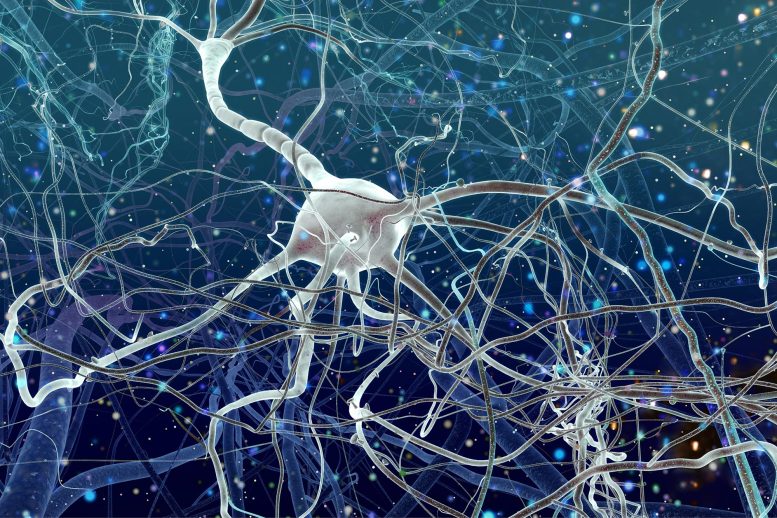
Researchers found that deep brain stimulation of new neurons generated through adult hippocampus neurogenesis (AHN) improved cognitive and noncognitive functions in mouse models of Alzheimer’s disease. Activation of a small population of these new neurons in the supramammillary nucleus (SuM) led to significant behavioral restoration and potential plaque removal, highlighting the potential for future targeted therapies for Alzheimer’s and related dementia.
Individuals suffering from Alzheimer’s disease experience impairments in cognitive abilities, such as memory, as well as challenges with noncognitive functions, which can result in anxiety and depression. In a study published on April 6 in the journal Cell Stem Cell, researchers examined a process known as adult hippocampus neurogenesis (AHN), which is responsible for generating new neurons in adulthood, using mice as subjects.
The findings revealed that applying deep brain stimulation to newly formed neurons helped restore both cognitive and noncognitive functions in mouse models of Alzheimer’s disease.
“We were surprised to find that activating only a small population of adult-born new neurons was enough to make a significant contribution to these brain functions,” says senior author Juan Song, an associate professor at the University of North Carolina at Chapel Hill. The neurons were modified by deep brain stimulation of the suprammamillary nucleus (SuM), which is located in the hypothalamus. “We are eager to find out the mechanisms that underlie these beneficial effects,” Song says.
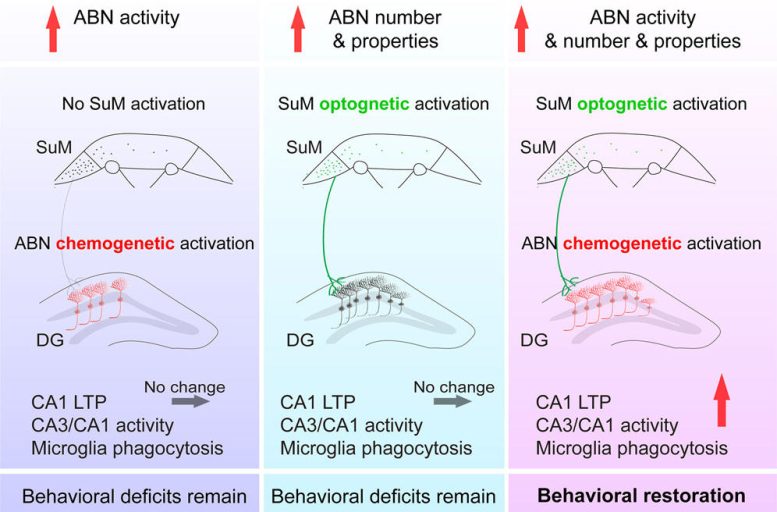
Activation of hypothalamic-enhanced adult-born neurons restores cognitive and affective function in Alzheimer’s disease. Credit: Cell Stem Cell/Li et al.
This research used two distinct mouse models of Alzheimer’s. The investigators used optogenetics to stimulate the SuM and enhance AHN in Alzheimer’s mice. Their earlier research had shown that stimulation of the SuM could increase the production of new neurons and improve their qualities in normal adult mice. In the new study, the investigators showed that this strategy was also effective in the Alzheimer’s mice, leading to the generation of new neurons that made better connections with other parts of the brain.
However, having more improved new neurons is not enough to improve memory and mood. Behavioral improvement in Alzheimer’s mice was seen only when these improved new neurons were activated by chemogenetics. The researchers used memory tests as well as established assessments to look for anxiety-like and depression-like behavior to confirm these improvements. The results suggested that multi-level enhancement of new neurons—enhancement in number, properties, and activity—is required for behavioral restoration in Alzheimer’s brains.
To further understand the mechanism, they also analyzed the protein changes in the hippocampus of Alzheimer’s mice in response to activation of SuM-modified adult-born new neurons. They found several well-known protein pathways activated inside cells, including those known to be important for improved memory performance, as well as those that allow clearance of the plaques related to Alzheimer’s.
“It was striking that multilevel enhancement of such a small number of adult-born new neurons made such a profound functional contribution to the animals’ diseased brains,” Song says. “We were also surprised to find that activation of SuM-enhanced neurons promoted the process that can potentially remove plaques.”
Future efforts of the team will focus on developing potential therapeutics that mimic the beneficial effects mediated by activation of SuM-modified new neurons. “We are hoping these drugs could exert therapeutic effects in patients with low or no hippocampal neurogenesis,” Song says. “Ultimately, the hope is to develop first-in-class, highly targeted therapies to treat Alzheimer’s and related dementia.”
Enter your journal: Reference: “Activation of hypothalamic-enhanced adult-born neurons restores cognitive and affective function in Alzheimer’s disease” by Ya-Dong Li, Yan-Jia Luo, Ling Xie, Dalton S. Tart, Ryan N. Sheehy, Libo Zhang, Leon G. Coleman, Xian Chen and Juan Song, 6 April 2023, Cell Stem Cell.
DOI: 10.1016/j.stem.2023.02.006
The study was funded by the NIH, Alzheimer’s Association, Brain & Behavior Research Foundation, NIH- NINDS Neuroscience Center, NIH- NICHD Intellectual and Developmental Disabilities Research Center, and a UNC Pharmacology Curriculum predoctoral T32 training grant.

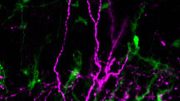
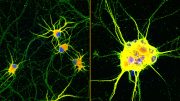
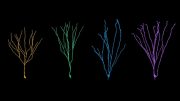
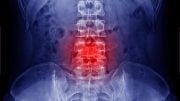
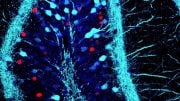
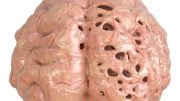

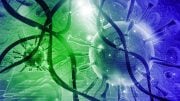
Be the first to comment on "Activating Adult-Born Neurons: A Promising Approach for Alzheimer’s Treatment"